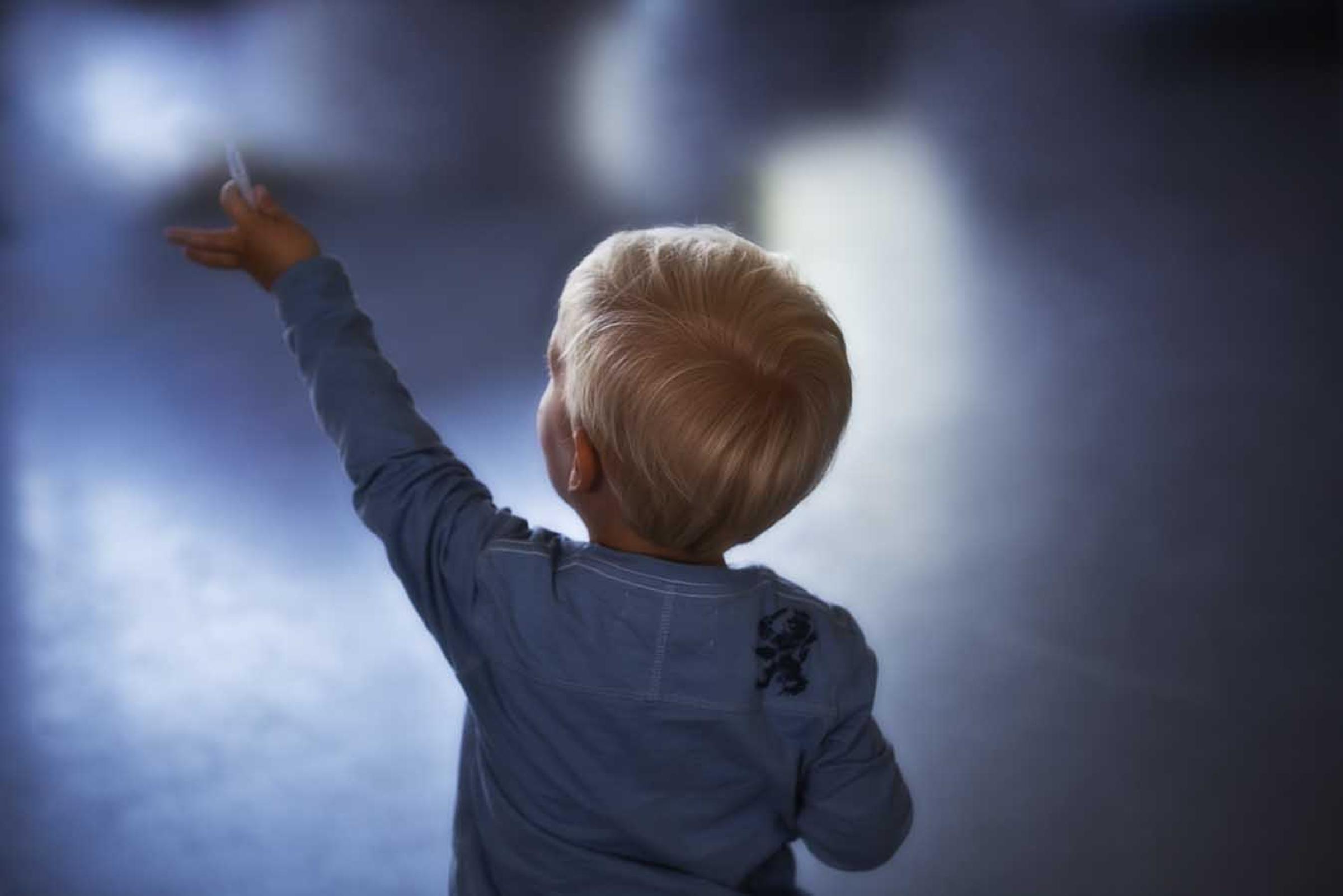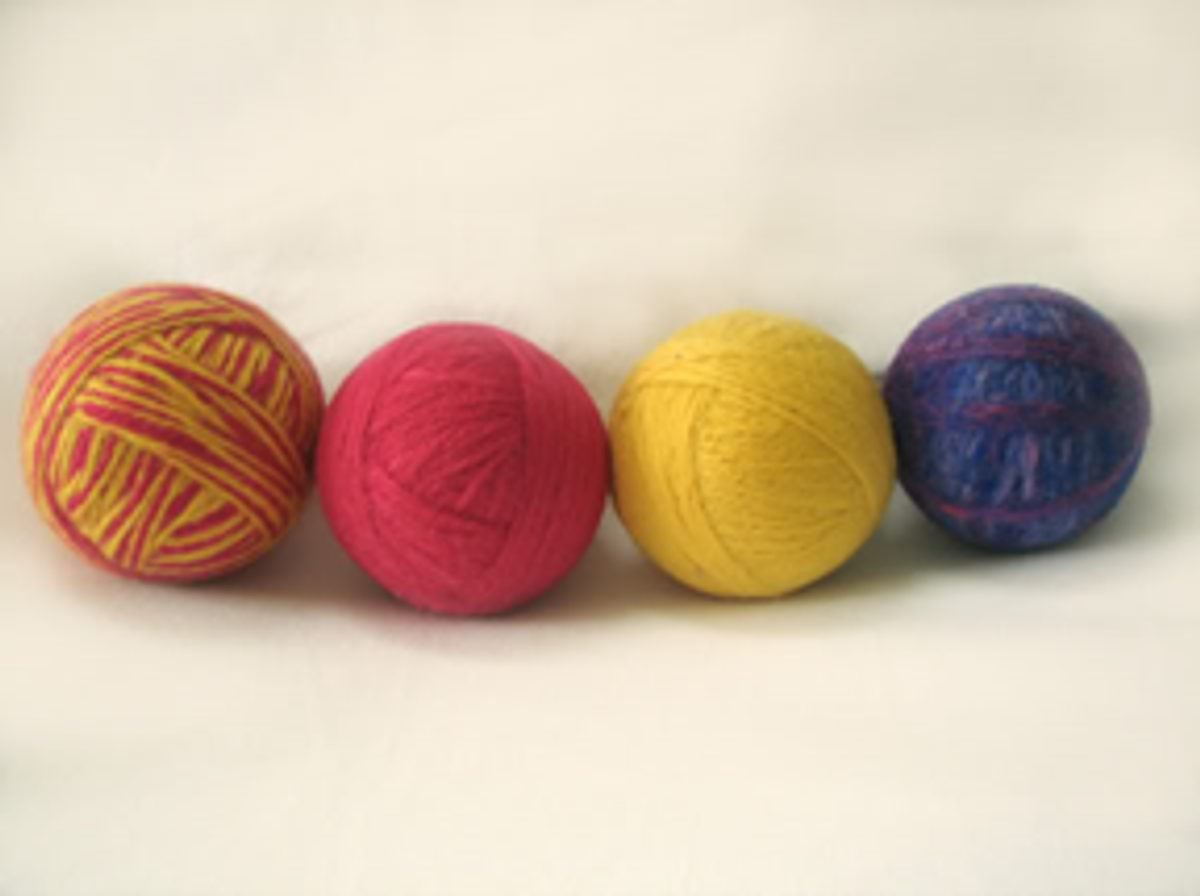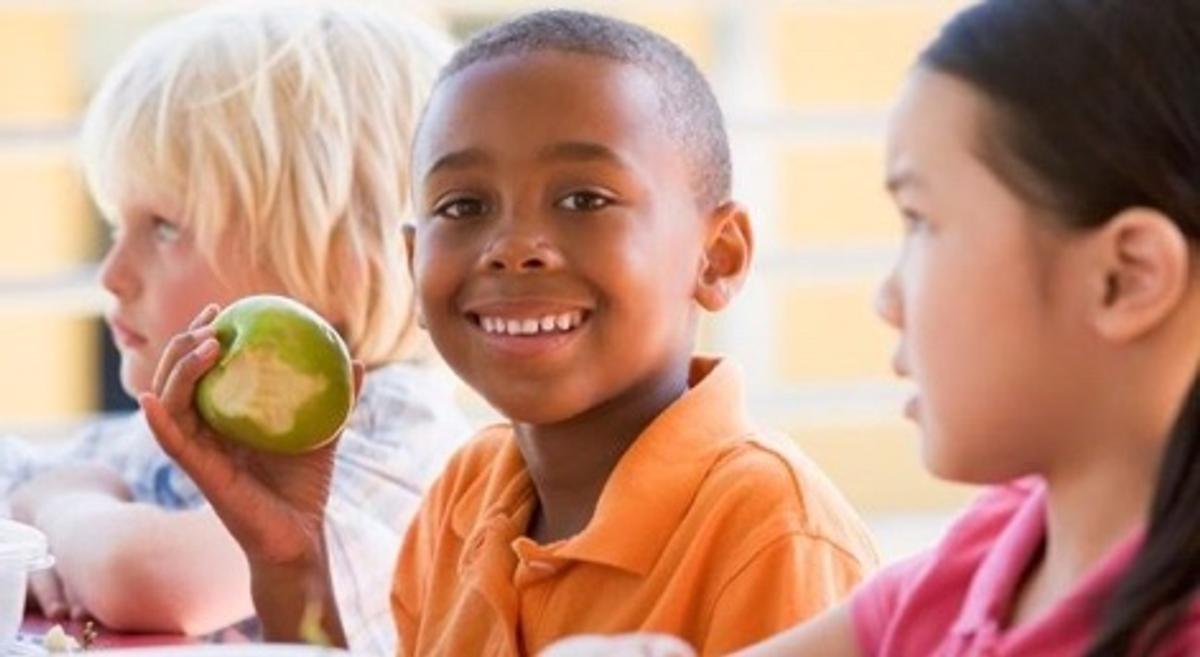Wellbeing

REQUEST FOR WOOL DONATIONS
I am asking for any donations of wool for an art project we would like to do at the beginning of next year. If you can please bring wool donations to school it would be much appreciated.
Maureen our school chaplain has shared some tips and advice for how to help with meal times with children.
SOME TIPS FOR HELPING CHILDREN EAT
There is a lot written about the importance of healthy eating to sustain the growing child. Offering children fresh food, a variety of food and presenting food in a way that appeals to their sense of sight, smell, taste and texture is very important to encourage them to develop a healthy relationship with food.
However, sometimes despite all the best efforts parents may go to in order to provide healthy food, their child may still be a reluctant eater or an overeater. This may be because emotions, like anxiety, anger, sadness, over excitement and disgust all are felt in the gut region. When one is experiencing any of these emotions, it is harder to ‘stomach’ food. Food is really only fully ingested, digested and passed when one is calm and relaxed. Saliva in the mouth is an indication that the stomach is ready to receive food.
It takes a lot of energy to digest food. Emotions like anger, sadness, anxiety etc take energy away from the digestive system. When there is not adequate energy to digest food, food can remain trapped in the digestive track (constipation) or it might be quickly expelled (diarrhea). Appetite diminishes when one experiences constipation or diarrhea.
When we are angry or over excited, energy is directed away from the stomach to the arms and legs, as the body gets ready to defend itself. When we are sad, energy is directed to shut down the system and the muscles flop or fatigue. When we are anxious, energy is created but there is usually no big muscle opportunity to release it, rather the muscles begin to shake or tremor to slowly release the energy. Often this gives one a sensation of tummy ache or butterflies in the stomach.
There are many strategies available to help prepare the body to receive and digest food.
Creating a happy and calm environment before, during and after eating times when the food is very important for food to be digested.
Below are just some suggestions to help create conditions for a happy and calm eating environment.
1. Turn off devices where games are aggressive or where social media causes anxiety. The replacement would be to engage your child in preparing the food with you (social connection) or having them play passive games, reading, lego, listening to music, drawing.
2. Sit together as family sharing good things about the day, with the tv turned off.
3. Place happy family photos on the fridge. As a child opens the fridge, they see a photo of the family smiling and having fun together. This calms the nervous system.
4. If mealtimes are rushed because of work commitments, make a roster with your child to share the load, teach them responsibility, offer inclusion. Doing so will reduce the tension.
5. Say grace and give gratitude before meals. This opens up the heart region, slows the breath and helps relax the digestive organs and associated muscles.
6. Chew food slowly. This sends a message to the gut that food is coming.
7.Make a plan with your family on how to come to the dinner table in mindful ways.
8. Speak to your child about how the relationship between emotions and the digestive system.
9. It is important to give time to eating, which includes the time after consuming. This will have benefits for sleeping.
10. Children who overeat or binge eat, may do so to ‘stuff’ down uncomfortable emotions. A conversation with your child about the emotion they are feeling may alleviate the need to overeat or binge.
SEASONS FOR GROWTH RESOURCE
The MacKillop institute has put together a toolkit to help students deal with the recent changes in our world over the last 2 years. You may find this helpful for you and your family.
Acknowledge
Life is like the Seasons
Our pandemic experiences have been characterised by on-going change and uncertainty. This isn’t always easy to navigate. The seasons offer a rich way to think about all the change and uncertainty. Remember each season isn’t exactly the same each time it comes around, and no season lasts forever.
Manage
What ARE feelings?
Feelings are our personal response to a situation. They give us information, they don’t control us. We can take the information and choose whether and how to respond. Naming feelings can help reduce their intensity. Many other things can help too. Think about what … * Relaxes you * Helps you connect with others * Get you active * Make you laugh or feel happy
Move Forward
How can we live our best lives and make the most of the situation? Ditch ‘if onlys’ and blame. Focus on things you CAN do. This will help us cope with future change and uncertainty, too. And, remember as each season of life comes around, it takes a little time to adjust!.
Top Tip: It’s not always easy to know how you feel, but often your body, behaviour or thoughts show you. For example, if you are feeling grumpy, looking for a snack or bugging others you might be feeling bored. If you are starting to rant, snapping at your parents or struggling to concentrate you might be feeling frustrated with the lockdown situation.
Keep Talking and Listening If you are concerned that you really aren’t coping it is important to talk to a trusted adult or seek professional advice (many services are available online or by phone).
BeYou is a national mental health in education initiative delivered by Beyond Blue, in collaboration with Early Childhood Australia and Headspace. BeYou supports educators to develop a positive, inclusive and resilient learning community for all members of the school community, children, parents and staff. The fact sheet taken from the BeYou website is all about transitions.
What are transitions?
Transitions are periods of change and continuity.
They are a period where children and families must adapt to new circumstances, expectations, people, environments and routines. Transitions are an important time to consider continuity between environments, expectations and relationships.
The transition to a new learning environment usually brings changes to a child or young person’s relationships, physical and social environments and daily routines. Transitions also bring challenges and opportunities for social and emotional learning.
This is also a time where educators, schools and early learning services adapt to their new entrants, and respond to their needs.
While education transitions bring exciting opportunities, some children and young people, and their families, can find these changes stressful. Ideally, learning communities start to prepare for a transition in the year (or years) before the change.
Impact of transitions in education
For some children and young people, change is stressful.
Transitions in education require children and young people to adapt to new circumstances. The experience is different for everyone, and some children and young people, and their families, need extra support.
There are many ways that educators and families can support children and young people make positive transitions to early learning services and schools, including by identifying when support is required, and how to access and offer support.
Thought for the day
If you have any concerns about the wellbeing of your child, do not hesitate to contact me.
rlenko@sfslynbrook.catholic.edu.au
Rachel Lenko
Student Wellbeing Leader







